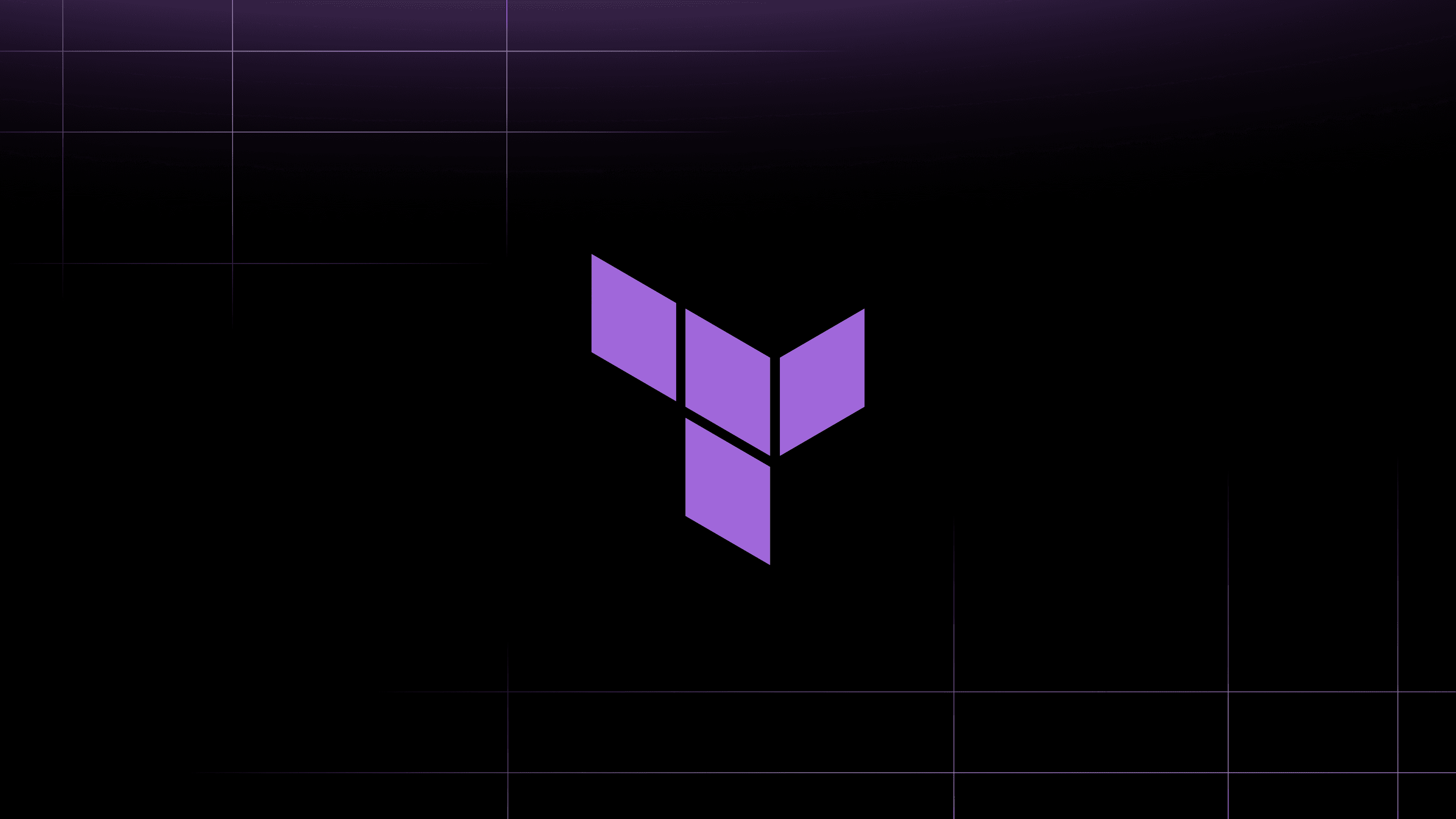Traditional on-premises data centers aren’t going anywhere, but the workflows that once dominated them are quickly becoming obsolete. Before Infrastructure-as-a-Service (IaaS) platforms emerged to compete with datacenters, organizations were accustomed to a static infrastructure. Resources were typically provisioned once, held long-term, and were the domain of a central IT team that controlled them using a ticketing workflow.
Times have changed. Now, organizations deploy their data and applications to the cloud, harnessing the power of on-demand resourcing. But provisioning and maintaining infrastructure in a multi-cloud environment — each with its own workflow — brings a new set of challenges, from managing disparate workflows and infrastructure sprawl to coping with teams separated into silos and gaps in critical skills. With that in mind, adoption of infrastructure automation usually comes in three distinct phases:
- Adopting and establishing a provisioning workflow
- Standardizing the workflow
- Operating and optimizing at scale
»Living in a Multi-Cloud World
Organizations and teams continue to find significant business benefits in a diverse set of public and private clouds, utilizing those that work best for their unique situation and the task at hand — and leveraging the efficiency that comes with spinning resources up and down according to usage needs. And with 76% of organizations already using multiple clouds and 86% on track to do so by 2023, according to the 2021 HashiCorp State of Cloud Strategy Survey, the dominance of multi-cloud environments is just getting started.
That’s good news for IT teams, because they now have more flexibility in their cloud infrastructure to enhance their business operations and help achieve their goals. But the multiple users and multiple clouds can create a complicated ecosystem and add risk because there’s no central enforcement of compliance and security and less insight into resource use and costs.
»Infrastructure Concerns in a Multi-Workflow, Multi-Cloud Environment
The reality is that the old provisioning and workflow rules no longer apply to today’s multi-cloud environments. Organizations have to think about provisioning to multiple clouds, and the dynamic nature of cloud means that infrastructure can be constantly modified. The cloud also opens up infrastructure creation to more users.
Building, maintaining, and securing infrastructure in this increasingly complicated environment raises four primary challenges:
-
Disparate workflows: Within an organization some users choose cloud-specific workflows while others select cloud-agnostic ones. Some want to continue using GUI-based workflows from private datacenters. This can result in multiple workflows within the same organization.
-
Infrastructure sprawl: With multiple teams and end users provisioning infrastructure across the organization (sometimes without informing the larger organization about what they’re doing), it’s all-too-easy to end up with duplicated or unused resources since there is no easy way to get a consolidated, central view of all the organization’s infrastructure. Sprawling, uncontrolled, and unknown infrastructure can create security vulnerabilities that the organization may not even be aware of.
-
Siloed teams: Disparate workflows and infrastructure sprawl often lead to teams using different tools with different workflows and processes. This can inhibit collaboration. Teams may not even know what other teams are doing, so they unnecessarily duplicate efforts and wrestle with problems that have already been solved.
-
Skills gaps: Using multiple clouds demands expertise in multiple workflows. Individuals may then specialize in specific skills that don’t cross over to all the workflows. As a result, teams may not have all the skill sets needed to provision and manage all their infrastructure or may have trouble collaborating because teams may not share common reference points.
»The 3 Phases of Infrastructure Automation
Adopting a multi-cloud strategy is only the first step, managing and optimizing it successfully is the next. And that means relying on infrastructure automation with a common provisioning workflow.
Organizations typically progress through three phases in their infrastructure workflow and automation journey:
»Phase 1: Adopt and Establish a Provisioning Workflow
Manually provisioning and updating infrastructure multiple times a day from different sources, in various clouds or on-premises datacenters using numerous workflows is a recipe for chaos. Teams will have difficulty collaborating, or even sharing a view of the organization’s infrastructure. To solve this problem, organizations must adopt an infrastructure provisioning workflow that stays consistent for any cloud, service, or private datacenter. The workflow also needs extensibility via APIs to connect to infrastructure and developer tools within that workflow, and the visibility to view and search infrastructure across multiple providers.
Infrastructure as code (IaC) offers a way to consistently provision infrastructure across all your infrastructure. IaC provides a record of infrastructure and a provisioning workflow to collaborate on as a team.
HashiCorp Terraform enables IaC provisioning so organizations get automatic provisioning when they need it and how they want it. It enables team collaboration and extensibility to provision any infrastructure via APIs. Enabling visibility across providers solves the provisioning and workflow issues that emerge in multi-cloud environments.
»Phase 2: Standardize the Workflow
Next, you want to standardize the provisioning workflow across your organization, making sure it provides adequate security and maximizes efficiency. The old-school, ticket-based approach to infrastructure provisioning makes IT into a gatekeeper, where they act as governors of the infrastructure but also create bottlenecks and limit developer productivity. But allowing anyone to provision infrastructure without checks or tracking can leave the organization vulnerable to security risks, non-compliance, and expensive operational inefficiencies.
To avoid those issues, organizations need to standardize on a workflow that minimizes redundant work and includes the proper guardrails for security, compliance, and operational consistency. Critical elements include the ability to publish reusable components of infrastructure as code that have been validated and approved by central IT, the ability to define policies and guardrails as code, the validation and enforcement of policies and guardrails, integration with central IT and Ops tools for SSO, audit logging, notifications, and the ability to manage users and teams with role-based access controls (RBACs).
Terraform lets you publish reusable, validated IaC components while HashiCorp Sentinel and Run Tasks define policies, providing guardrails for the provisioning of new infrastructure. And the wish list of integrations and audits? It’s all provided in a single source of truth with Terraform for easy management of your infrastructure.
»Phase 3: Operate at Scale and Optimize
Even a standardized workflow isn’t enough, however. To gain the full benefits of infrastructure automation, organizations must be able to continuously optimize their infrastructure and manage and operate infrastructure and resources at scale. That means extending automated, self-service infrastructure provisioning to developers, with the proper policies and guardrails in place, and a way to remediate policy violations. It means having alerts and notifications automatically fire — according to predetermined parameters — whenever infrastructure changes. And it requires the ability to use data to gather insights to optimize your infrastructure, such as viewing an entire organization’s cloud spend to avoid over provisioning, quickly deprovisioning un- or under-utilized resources, and creating policies to enforce best practices to avoid future over provisioning.
That single source of truth serves organizations well by making it easier to understand cloud spend, see infrastructure changes, and provide continuous management and governance.
This third phase in the infrastructure automation journey allows organizations to scale in a way they couldn’t when how quickly tickets could be approved dictated what projects team members could work on, work was often redundant, and workflows were disparate. It all adds up to fewer headaches across platforms, while reaping the benefits of leveraging multiple clouds.
Terraform also provides features that help you with this final phase of the infrastructure automation journey. Modules and more than 2,000 providers allow you to quickly scale your infrastructure. In addition, Terraform continuously enforces guardrails and you can leverage external systems and partners for context and additional security and best practice checks —. you’ll be notified of any violations. Terraform even helps to provide insights you can use to optimize your infrastructure.
»One Workflow to Rule Them All
Maximizing the benefits of infrastructure automation is not just about creating and standardizing workflows. It’s about streamlining work, lowering costs, and making sure the organization can realize the promises of the cloud, from higher levels of flexibility and innovation to increased developer productivity and faster time-to-market for new digital products and services.
HashiCorp Terraform provides built-in functionality for infrastructure automation with workflows to build, compose, collaborate, and reuse infrastructure as code. Terraform has the extensibility to work with all of the organization’s infrastructure and tools and provides infrastructure lifecycle management capabilities after it’s provisioned.
A version of this post was originally published on The New Stack: The 3 Phases of Infrastructure Automation









